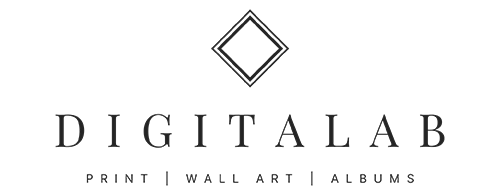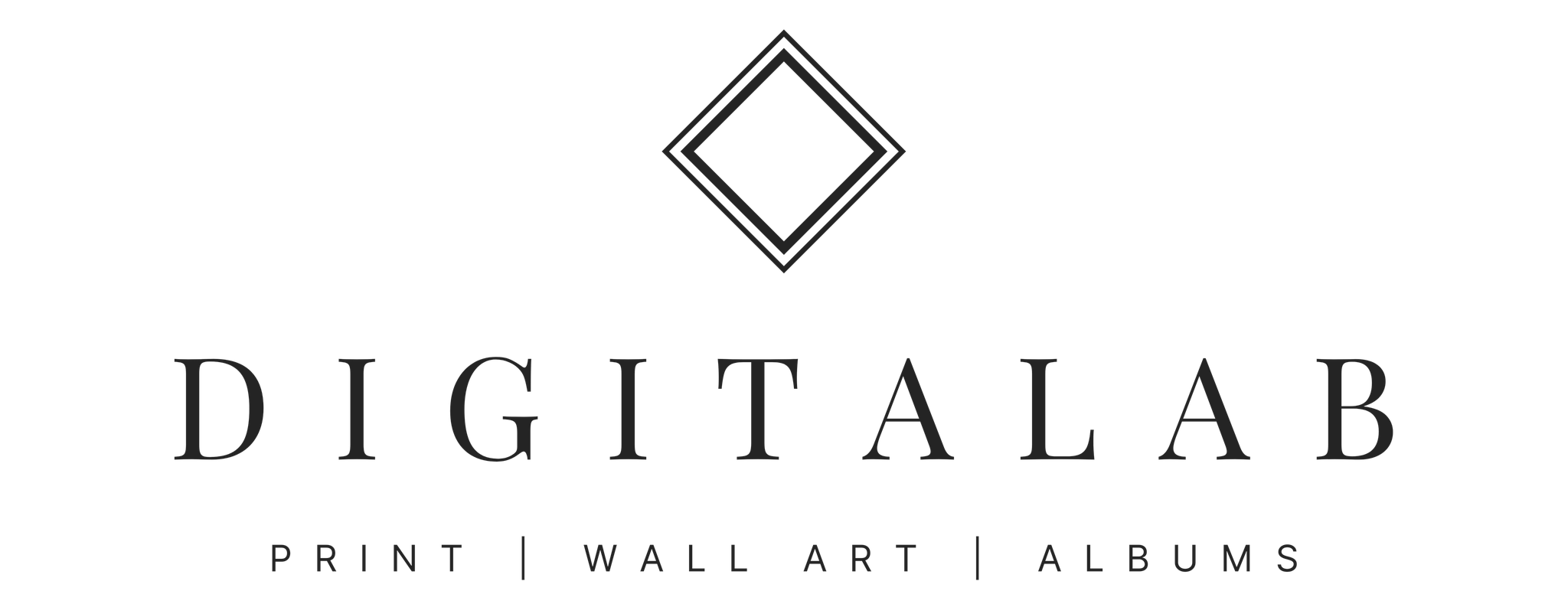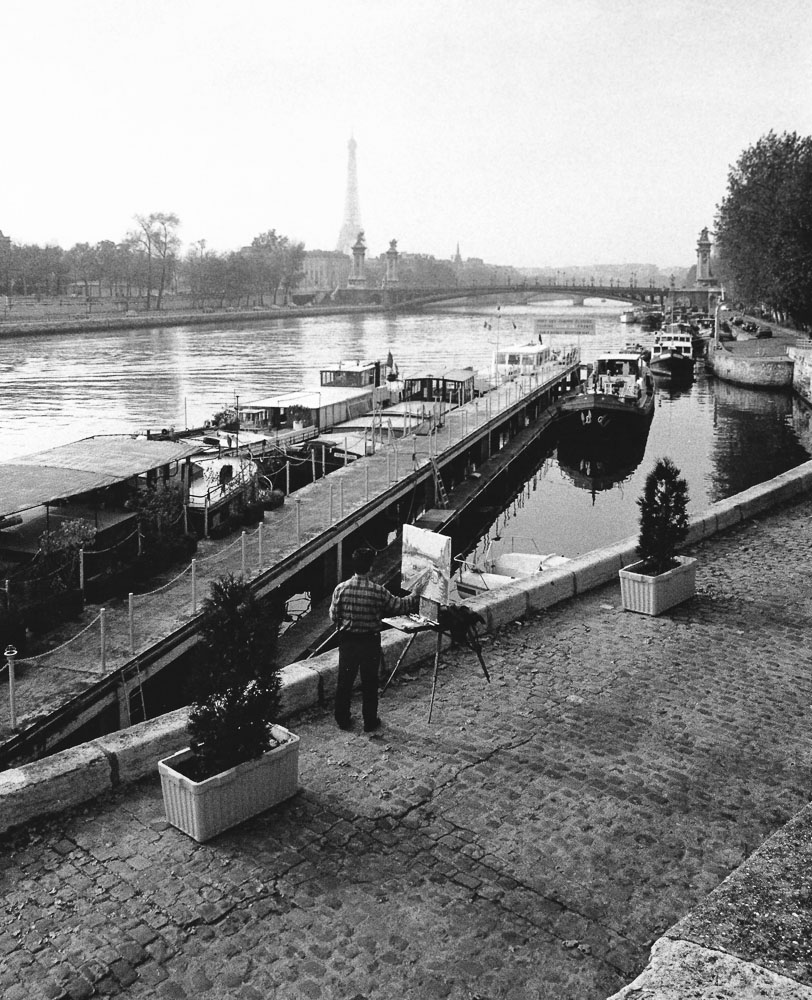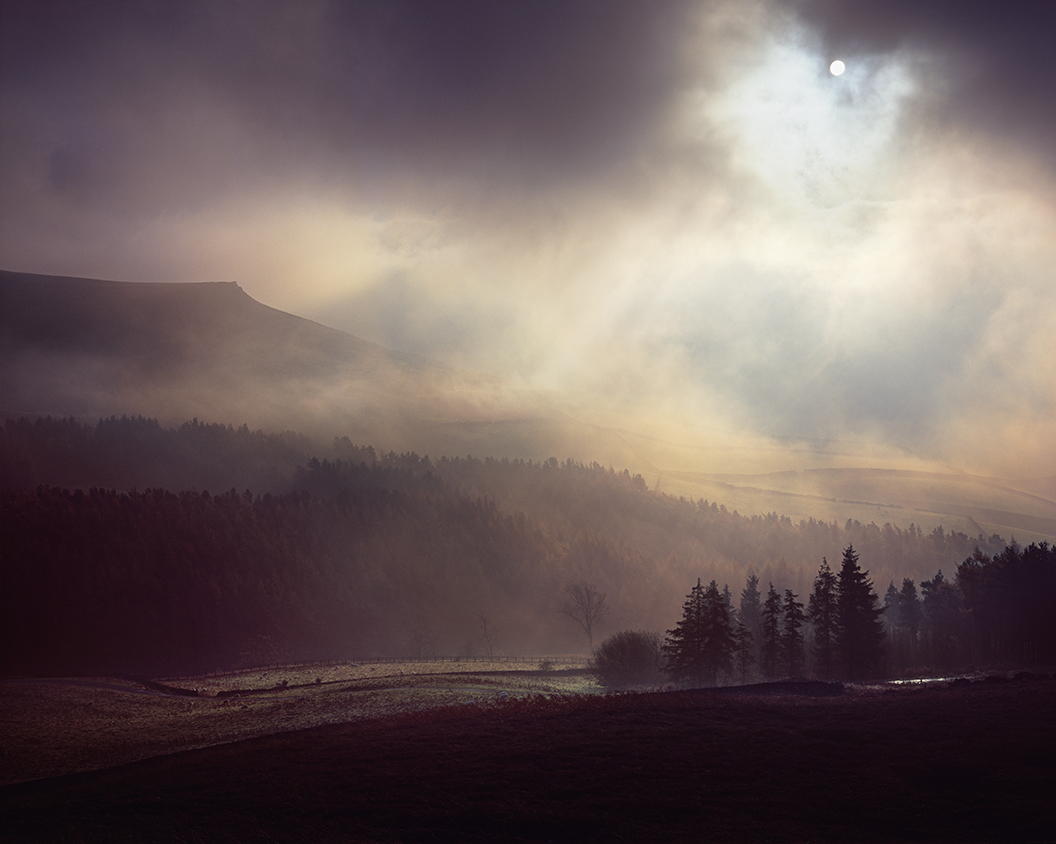Traditional vs. Digital: the Debate
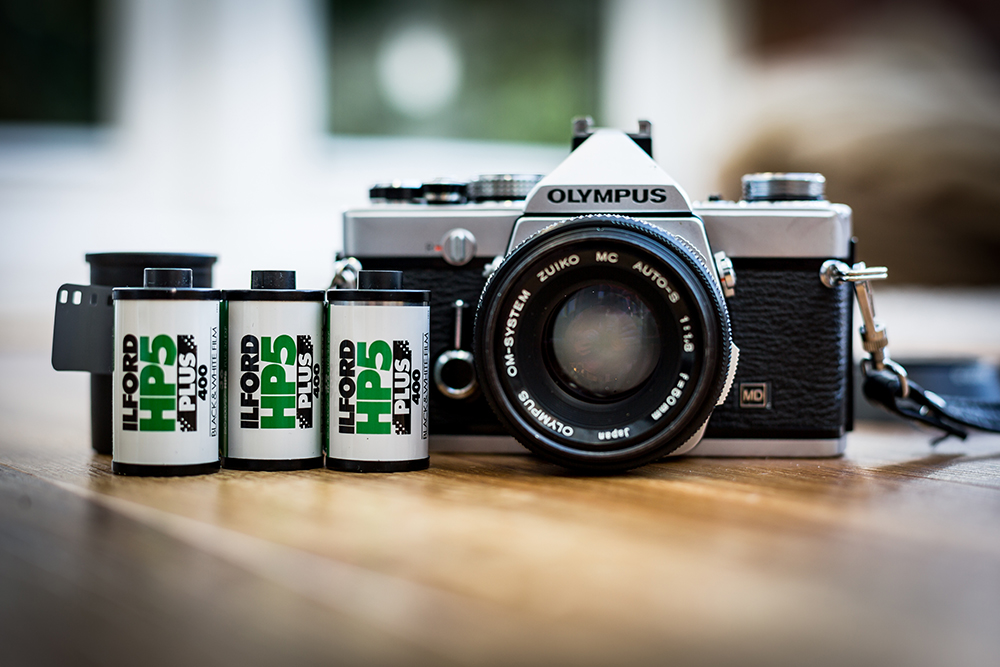
Whether you’re a fledgling photographer or professional with years of experience, there’s no denying the benefits of experimenting with different mediums. Technological advances mean that digital SLRs are achieving greater functionality with each new model, but the debate rages on as to whether the hi-tech digital cameras of today can ever compete with the authentic retro feel of traditional film.
Vintage Vibes
Film photography is considered by many to be a dying art, a primitive practice reaching the realms of obsoletism – but defenders of old-school photographic techniques argue that the ritual of traditional photography is art in its purest form. While the nostalgia of darkrooms and chemical prints undoubtedly plays a part here, many professional photographers argue, with some success, that the traditional way quite simply makes for a better picture.
Light
Film thrives in natural light and is infinitely more forgiving when it comes to overexposure – meaning you won’t find the blown out highlights you get with digital.
Colour
Film doesn’t work in the linear way that digital does, which makes it far preferable to digital photography when it comes to natural colour and light blends.
Grain
The photographic ‘perfection’ of digital is also its downfall. Film gives you that hazy, grainy quality that, for whatever beautiful and mysterious reason, makes for a gentler, more aesthetically pleasing shot.
“Cartier Bresson talked about the “decisive moment” to create great pictures. Photographers on digital no longer look for the decisive moment. While one image at this time would capture everything, now there may be dozens to look through and decide, with photographers deciding later on what the decisive moment actually is.”
Robert Benson north-light.co.uk
“It has been some years since I ‘switched to digital’ (Oh, how I hate that phrase!). Except I never thought of it that way. In my mind, I have never stopped being a film photographer. It’s just that the last several thousand pictures I have made have been digital ones. It has taken me a long time to figure out how to get the best from it, but I think I may be getting there. Maybe once I have, I will return to shooting film.
Film is a strongly flavoured medium. Sure you can tweak it, but has an embedded character of its own, its tonal relationships, grain, colour, shadow and highlight shades and tints. Especially transparency, but even negative as well. By comparison a digital raw file still awaits preparation, and a spell in the post production ‘oven’. OK, in some cases this means very little work at all, but to me this is the defining difference. A high quality digital file has amazing potential, and using the myriad tools of post-production as it is now one can emulate a film very closely, in almost every aspect, or simply create a completely new look. Because of that, it is important to have a background philosophy of photography. I really love that aspect of digital, the flexibility of it, and the emphasis to look within and ask yourself, ‘What am I trying to say; what is this image about?’
“The downside of digital is that it appears so easy, but in reality it is anything but easy to create a memorable and meaningful result. I would say that is easier on film. Film already has an identity built in. When you select a film on which to shoot, you are ‘buying in’ to that identity and you can use it to great effect to define the style and quality of your work. It’s also very format specific. The technical camera large format tranny film ‘look’, and 35mm rangefinder neg film ‘look’, say, are simply worlds apart. Those distinctions are far more blurred with digital, due to the extraordinary resolution discrepancies of different sensors.
The world of photography would be a far poorer one with the demise of film, and it is to be hoped that demand for it remains strong enough to keep going. It’s still the best way to learn a photographic method, especially with regard to understanding exposure and lighting (as it is so unforgiving). And for anyone interested in high quality image making with a technical emphasis, large format film in a view camera keeps such a practice affordable.
Digital photography has made photography more accessible and, in the way it works, it is arguably more akin to human vision and more flexible, so expanding the range of possibilities enormously. But it is not a quick fix, nor does it make you an instant expert, and this remains a big problem in the world of photography, for it has so severely undermined professional photographic practice. The medium itself is innocent of this damage though, it is simply a fascinating and exciting revolution in methodology, and still improving year on year.
Overall, the flexibility of digital imaging and the incredible capabilities of the latest cameras makes digital a slightly better bet for me personally as a working professional. I do think that I am more experimental, creative, and productive with it. But for the fine art photographer, I can still see the unique character and look of film may give it the edge. Long may there be a choice.”
– Joe Cornish, joecornishgallery.co.uk
Digital Love
What digital photography may lack in anticipation and traditionalism, it undeniably compensates for in efficiency. Beginner photographers looking for instant results and a quick turnaround will find a friend in the digital approach – with no need to be at the mercy of the production and printing processes. The ability to see the outcome of every shot instantly is an unquestionable convenience, and the storage capability of memory cards versus a roll of 35mm film with 16 shots is a total knockout.
The ‘what you see is what you get’ perspective certainly works in digital’s favour, with both the photographic process and printing procedures offering an instantaneous result.
Quickness
With digital cameras, you will see how your photograph will look on the camera’s display, allowing you to flick through all of the shots you’ve taken at the touch of a button, you can even take images from digital file to physical print in a matter of minutes.
Adaptability
Digital gives you the freedom to spontaneously switch between colour and black and white, as well as the ability to make technical adjustments to adapt to your surroundings – such as altering the ISO when the light changes – so you can achieve that flawless shot.
Post-Production
If you don’t have easy access to a traditional darkroom, you may prefer the ease and wide functionality of digital post-production. The enormous range of editing tools and software available makes altering and enhancing your digital images easy and instantaneous.
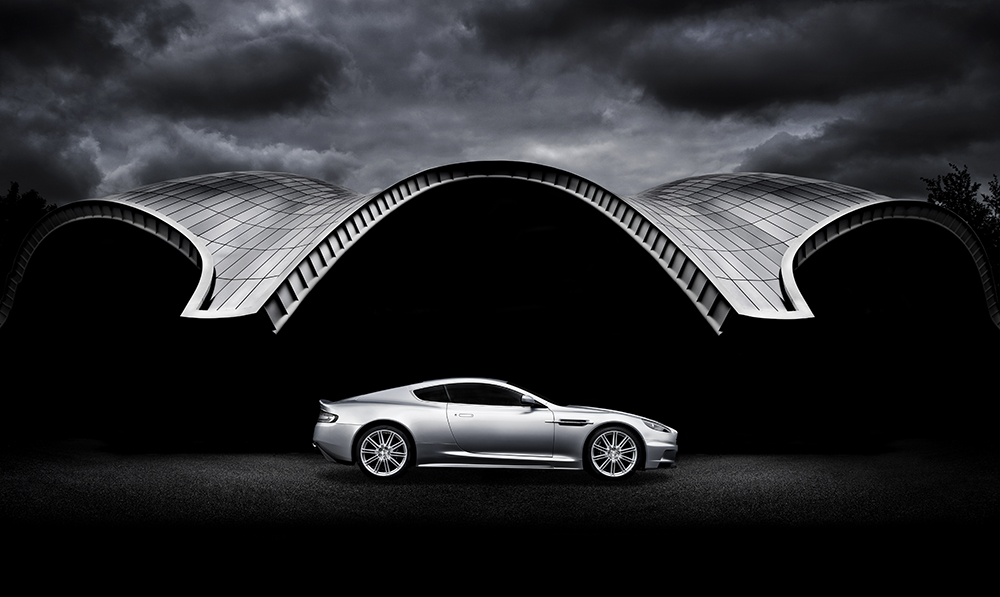
Car Photographer Professional of Ambient Life. Tim Wallace, Clients include Morgan, Aston Martin, Jaguar and Land Rover. Specialising in high end prestige commercial car photography and also the supply of car stock snydicated photography for commercail and marketing use.
“The debate of film versus digital photography is one that has been prevalent ever since the development of the first digital camera.
Large-format film still has a place for serious landscape photographers, but few people have the time, skill level, or budget to work film out to this level, with many photographers now showing a preference for digital SLR cameras. Here are Digital Photographer’s top reasons for going digital:
Processing costs are much lower
With a digital photo, you can use your computer and photo-editing software to retouch and enhance your pictures. Once the initial cost of buying the software is out of the way, the only other expenditure comes if you want to print your images. With analogue, the film itself can be expensive and hard to source and there are added costs needed to process it after the shoot.
You have more creative control
Using an image-editing program, you can apply special effects, lens-correction, perspectives and colour tones much more easily than if you were to edit your images manually in a darkroom. More importantly, if you don’t like the outcome, you can simply revert back to the original and start again. The possibilities are quite literally endless!
Get instant feedback over images
While many film photographers used Polaroid cameras for instant feedback on their shoot before committing to a full roll of film, with digital photography the LCD screen on the back of the camera can be used for instant feedback on images.
Easily share shots
The rise of social media and apps, such as Instagram, help to illustrate the popularity of photo sharing in the digital age. Electronic distribution of images are quicker than regular mail or overnight delivery services, but it’s also more convenient.
More accessible
There are many people who previously would have thought themselves too unskilled to take up photography as a hobby. In the age of the digital revolution, with affordable DSLRs, online tutorials and magazines to encourage the development of skills, the field for talent and creativity has been well and truly opened.”
